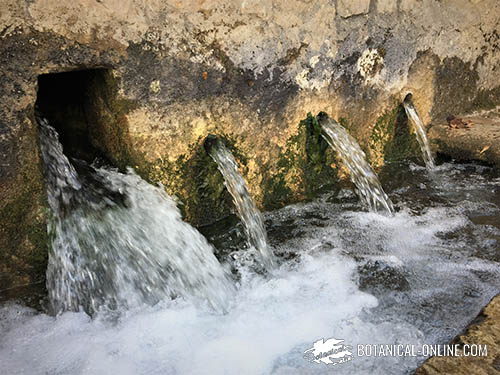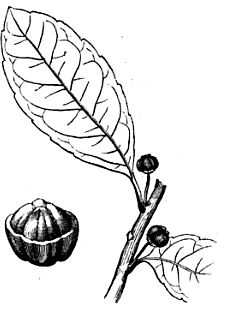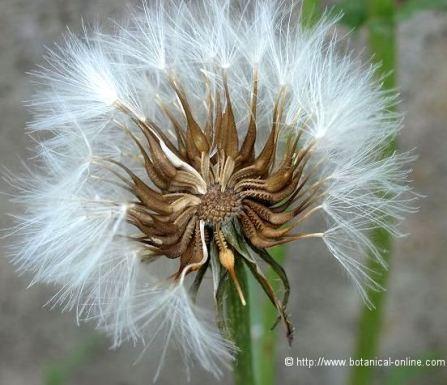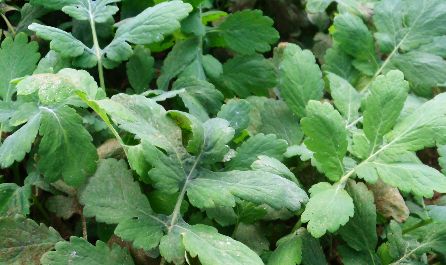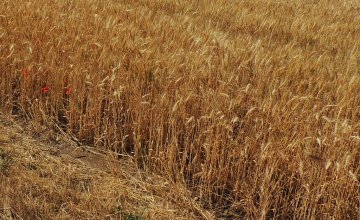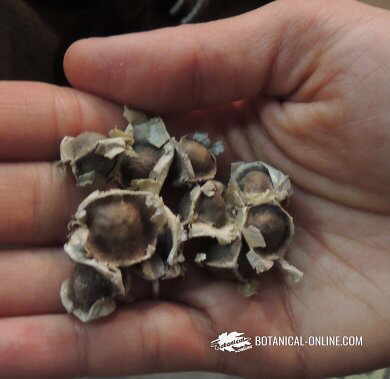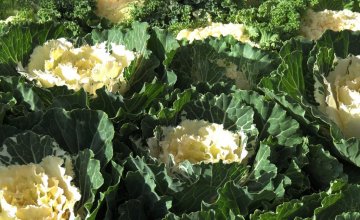Contents
- 1 What are pine nuts good for?
- 1.1 The historical consumption of pine nuts
- 1.2 Pine nuts in America
- 1.3 FOOD PROPERTIES OF PINE NUTS
- 1.4 Pine nuts are rich in protein
- 1.5 Pine nuts are rich in essential fatty acids
- 1.6 Are pine nuts fattening?
- 1.7 Type of fats in pine nuts
- 1.8 Vitamins and minerals found in pine nuts
- 1.9 How to eat pine nuts
- 1.10 Where to buy pine nuts
What are pine nuts good for?
The historical consumption of pine nuts
From a food point of view, pine nuts are seeds that are sold as nuts.
Pine nuts are the most typical Mediterranean nuts. Since time immemorial men living in that are have eaten the seeds of certain edible pines.
There are many traces in the Mediterranean region of how the ancient people used these nuts. Numerous historical references in the Roman culture exist and many remains of pine nuts in Roman excavations have been found, such as those in the city of Pompeii.
Besides eating them raw, ancient people used this food to flavor meat, salads and bulbs. With pine nuts, they make a special wine used for the feast of the rites of the goddess Cybele.
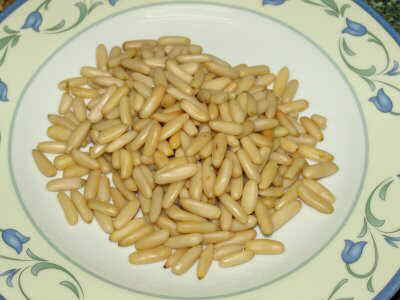 Photo of peeled and polished pine nuts, ready for consumption. Photo of peeled and polished pine nuts, ready for consumption.. |
Pine nuts in America
The remains found in American ruins are still more ancient. For example, In Sierra Nevada (California) remains were discovered approximately 6,000 years old.
It is believed that the collection of wild pine cones in the southwestern United States and northern Mexico by the Indians was one of the events that led to the emergence of agriculture in that area.
The Indians used pine nuts as a staple food and as currency to obtain pumpkins, beans or corn from other tribes further south.
Before sunflower, cotton or corn cultivation was introduced, the tribes of Siberia produced oil from Siberian pine (Pinus siberica) and Korean pine (Pinus koriaensis)
FOOD PROPERTIES OF PINE NUTS
Not all pine nuts are good to eat, so we have to consider when we go to the mountain that we can not eat any type of pine nut from any pine cone, but only those coming from edible trees. (See edible types of pine nuts)
Pine nuts are rich in protein
Pine nuts are especially rich in protein, higher in some species to other foods considered very rich in this component such as walnuts.
For example, stone pine seeds contain 24% protein, while walnuts, 15%. Other protein-rich pines are ghost pine, also called California foothill pine or gray pine (Pinus sabiniana) or Mexican white pine (Pinus strobiformis).
The rest of the pines with edible pine nuts has almost half of these proteins. The protein content of pine is similar to the amount having some legumes such as peanuts (containing 28.5%); lentils (28.6%); beans (22%); and well above soybean (Glycine max) with 16.64%.
So, pine nuts are one of the plant foods richest in protein, along with almonds, containing 21.2%.
We know the importance of proteins as builders and repairers of the human body. We must also consider that most hormones are proteins and hormones control many functions of our body, such as levels of blood sugar or growth.
We must not forget that enzymes are also proteins involved in the chemical processes of the body, or that antibodies that defend us from disease are proteins found in the blood.
For all these reasons, it is important an adequate intake of proteins to keep our body strong and healthy. Eating pine nuts can contribute to the healthy diet of people in general and especially those who need more protein as athletes or people growing.
We know that plant proteins are of lower quality than those from animals, because there is a lack of some amino acids in some plant proteins. However a combination of different groups of plant foods can supply these deficiencies.
In this sense, pine nuts and other seeds or nuts such as walnuts, almonds, pumpkin seeds or sunflower seeds combine well with legumes (lentils, chickpeas, soy beans, peanuts, etc), but not with cereals, because they both, cereals and nuts, lack the amino acid lysine
Pine nuts are rich in essential fatty acids
No less important than its richness in protein is its richness in essential fatty acids such as omega 3 and omega 6. Pine nuts contain a very high proportion of healthy fats.
Among them, we must emphasize pine nuts from Colorado pine (P. edulis) with more than 60% of total fat, of which 20% are polyunsaturated (mainly linoleic acid).
Many samples of Siberian pine (P. sibirica), pinyon pine (P. cembroides) or ghost pine (P. sabiniana) contain an approximate amount of fat. Others contain between 35 and 50%.
This high amount of fat gives this food a very high caloric capacity. this is the case of pine nuts from Colorado pine that provide over 600 calories per 100 grams. This wealth of energy of such a good quality is very interesting in people with great physical or intellectual wear, or people living in very cold countries.
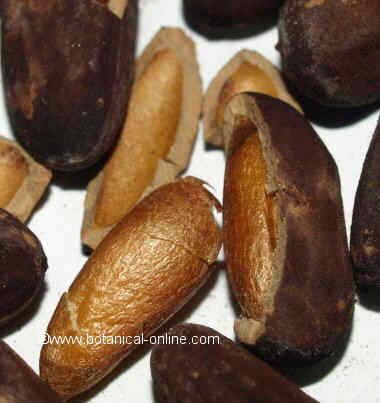 Photo of pine nuts with and without shells Photo of pine nuts with and without shells |
Are pine nuts fattening?
Containing many calories does not necesarily mean that they are not appropriate to be introduced in the diet of sedentary people or those having obesity.
Pine nuts can provide many benefits. In these cases it is recommended to eat them carefully, combining them with other not-so-caloric foods.
For example, a few pine nuts on a salad or a vegetable soup can modify the flavor and be, nutritionally speaking, a very interesting supplement.
Type of fats in pine nuts
Pine nuts have 19% of monounsaturated fatty acids (oleic, palmitoleic and gadoleic acids); more than 21% polyunsaturated (linoleic acid, linolenic acid) versus 7% saturated (palmitic acid).
It has been proved the importance of oleic acid to prevent circulatory diseases and lowering cholesterol.
Palmitoleic acid (Omega 7) might not be as interesting in these areas, according to some recent research and act in the body as a saturated fatty acid. However, the amount of palmitoleic acid in pine nuts is quite low, contrary to the large proportion found in macadamia nuts.
Pine nuts are rich in polyunsaturated fatty acids
Even more important are polyunsaturated fats to maintain good health.
Pine nuts are rich in linolenic acid (omega 3) and linoleic acid (omega 6). Omega 3 is very interesting to reduce inflammation in diseases such as rheumatoid arthritis, lupus and psoriasis, also for treating inflammatory bowel diseases (IBD) as Crohn’s disease or ulcerative colitis.
The intake of linolenic acid-rich foods or supplements that contain this principle lowers triglycerides, cholesterol, and prevents the formation of clots in the arteries by preventing platelet aggregation. It also slightly lowers high blood pressure.
Omega fatty acids thin the blood and protect against heart attacks, strokes, stroke, angina and other circulatory problems.
Omega 6, in addition to contributing to the improvement of the circulatory system, contributes to the production of prostaglandin E1, a kind of hormone that reduces inflammatory processes. This property is useful in the treatment of negative symptoms of premenstrual syndrome.
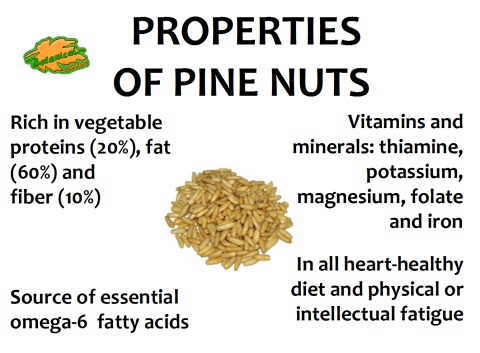
Some of the main properties of pine-nuts, Produced by © Botanical-online
Vitamins and minerals found in pine nuts
Pine nuts are rich in B vitamins, particularly they are one of the foods with higher content of thiamin or vitamin B1, all necessary for our brain can easily obtain energy and allow us to feel with strength and vitality.
They are also high in folic acid, needed to make red blood cells and to produce neurotransmitters.
They are very rich in minerals, especially potassium, phosphorus, magnesium, iron and copper. However, they are poor in calcium. Pine nuts have excellent energizing and nutritional values, which is recommended in any healthy diet, but especially to supplement diets for anemia, for stress, against tiredness and fatigue.
| Nutritional composition of dry pine nuts per 100 g | ||
| Stone pine (Pinus pinea) | Colorado pinyon (Pinus edulis) | |
| Water | 6,69 g | 5,90 g |
| Calories | 566 kcal | 629 Kcal |
| Fat | 50, 70 g | 60, 98 g |
| Protein | 24 g | 11, 57 g |
| Carbohydrates | 14, 22 g | 19, 30 g |
| Fiber | 4,5 g | 10, 7 g |
| Potassium | 599 mg | 628 mg |
| Sodium | 4 mg | 72 mg |
| Phosphorus | 508 mg | 35 mg |
| Calcium | 26 mg | 8 mg |
| Copper | 1,026 mg | 1,035 mg |
| Magnesium | 233 mg | 234 mg |
| Manganese | 4,298 mg | 4, 393 mg |
| Iron | 9,20 mg | 3,06 mg |
| Zinc | 4,25 mg | 4,28 mg |
| Selenium | 16,6 mg | —- |
| Vitamin C | 1,9 mg | 2 mg |
| Vitamin B1 (Thiamin) | 0, 810 mg | 1, 243 mg |
| Vitamin B2 (Riboflavin) | 0,190 mg | 0, 223 mg |
| Niacin | 3, 57 mg | 4,370 mg |
| Folacin | 57 mcg | 58 mcg |
| Vitamin B6 | 0,110 mg | 0, 111 mg |
| Vitamin A | 29 IU | 29 IU |
| Vitamin E | 3,5 mg | —– |
How to eat pine nuts
Pine nuts can be eaten fresh, mixed with granola or yogurt. They are very rich when combined with cheese or, failing that, with tofu. Almost always they can be seen in dishes with bechamel sauce. Also they are used to decorate cakes or pies.
They blend perfectly with dishes based on vegetables and legumes, and complement the caloric power of salads or vegetable soups.
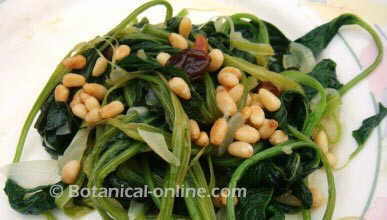 Vegetables with onions, dried fruit (raisins) and pine nuts
Vegetables with onions, dried fruit (raisins) and pine nuts
Where to buy pine nuts
Pine nuts can be purchased peeled or shelled. If purchased in shell, you must bear in mind that this should appear shiny and clean, free of impurities or dust that might hide the existence of mold.
If stored in closed containers and stored in a cool dry place they can hold quite a while.
Pine nuts can also be purchased peeled, in which case we must try to consume as soon as possible to avoid rancidity.
![]() More information on pine nuts and pines.
More information on pine nuts and pines.

